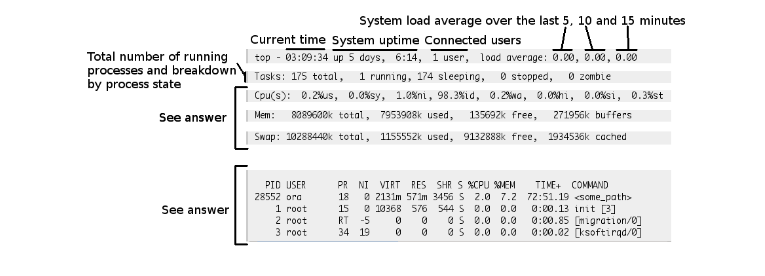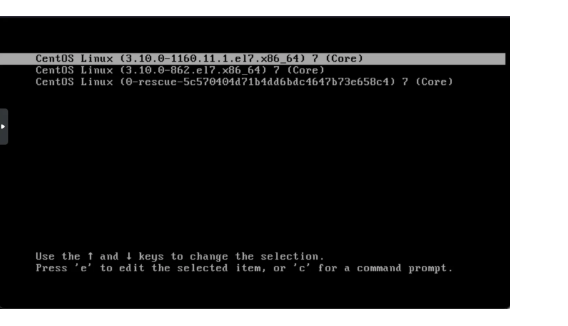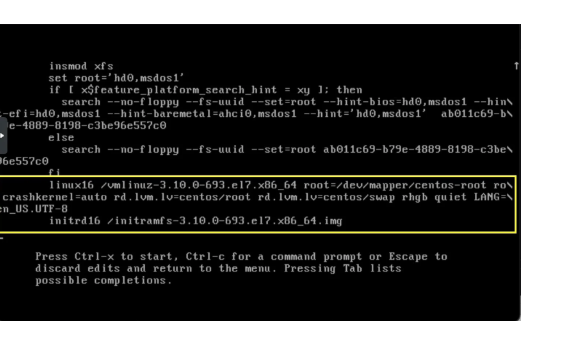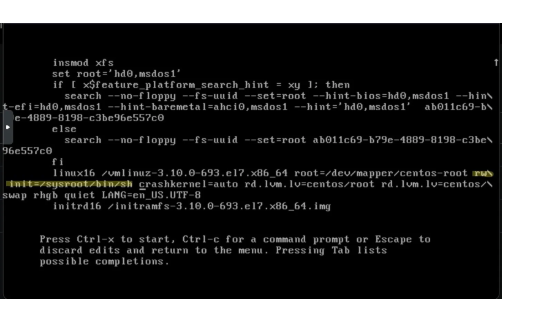LINUX TROUBLESHOOTING
Basic System level checking
#lscpu
#lsmem
#lsblk
#ip addr
#ifconfig
Kernel level messages
#dmesg –T
#dmesg –T |less
System Processes
#top

Check recent messages in system log messages
#journalctl -l -b | less
#less /var/log/messages
#less /var/log/secure
Booting related troubleshooting
Mostly you can find out some useful information about your system by looking at the boot.log file on your Linux machine. Some files required root access, so you may need to run the sudo command before these examples.
#cat /var/log/boot.log
#head /var/log/boot.log
#tail /var/log/boot.log
Diagnosing hardware failures
#lshw
#lsblk –a
#lscpu
#free -h

Reset root password on CentOS 7 & CentOS 8
Step 1- Restart the Linux machine
Step 2- Now edit GRUB Bootloader



Step 3- Now change root directory to /sysroot
chroot /sysroot
Step 4- Change root user password
Passwd
Step 5- At this stage relabel the filesystem for SELinux Security
touch /.autorelabel
Step 6- Exit the chroot environment
Exit
Step 7- Reboot
reboot